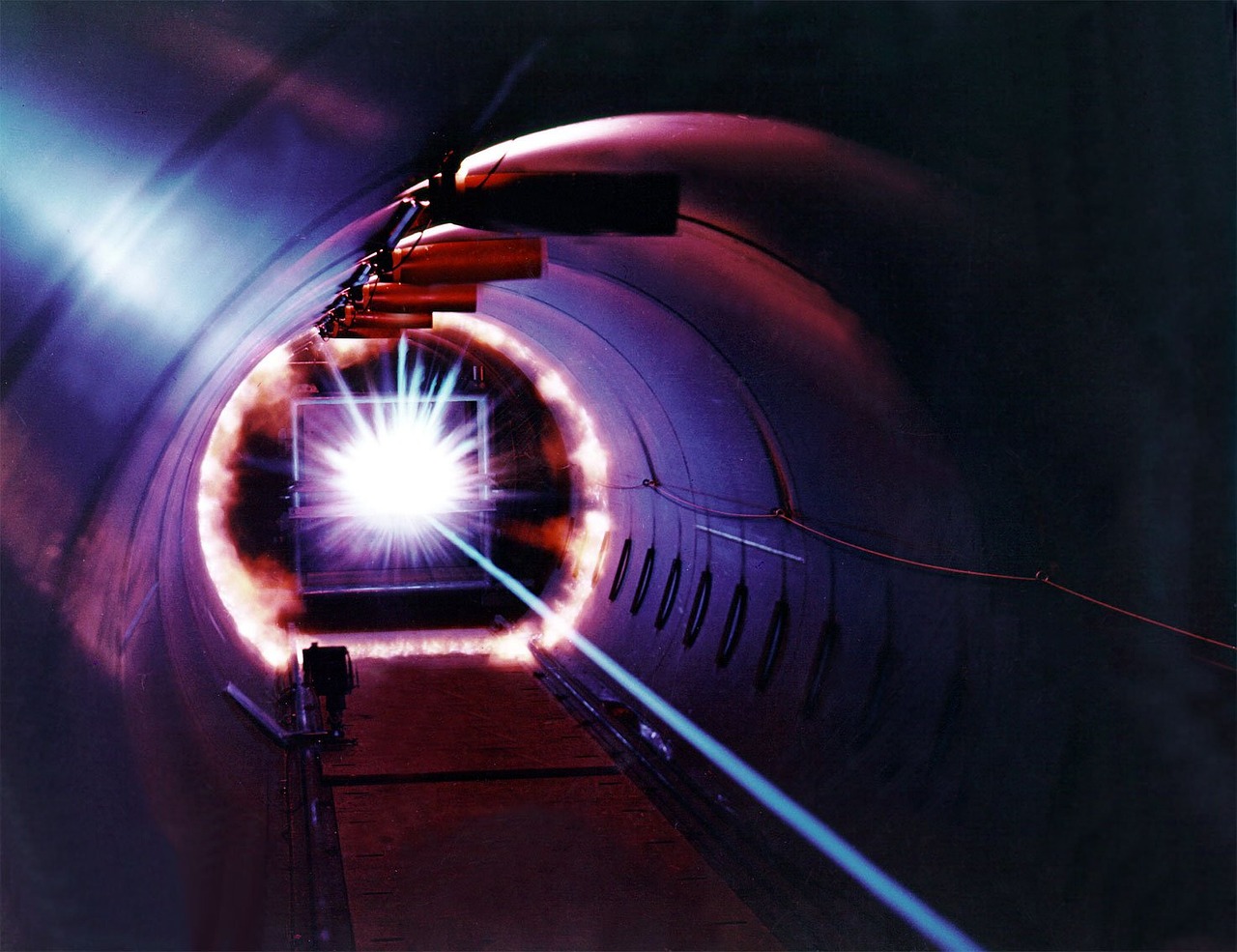
As technology evolves at an unprecedented pace, so does the landscape of modern warfare. One of the most remarkable developments in this domain is the emergence of direct energy weapons (DEWs), a revolutionary class of weaponry that harnesses focused energy beams to engage and neutralize targets. Let’s dive into the world of Direct Energy Weapons (DEWs). What are Direct Energy Weapons and how do they work? Can they cause massive fires and destruction?
Defining Direct Energy Weapons
Direct energy weapons, often abbreviated as DEWs, are advanced armaments that utilize concentrated energy to incapacitate or destroy targets. Unlike traditional kinetic weapons that rely on the physical impact of bullets, missiles, or explosives, DEWs employ various forms of electromagnetic radiation or particle beams to deliver energy directly to the intended target.
Types of Direct Energy Weapons
Two primary categories of DEWs have emerged: laser-based weapons and microwave-based weapons. Each type has distinct mechanisms and applications.
1. Laser-Based Weapons: Laser DEWs function by emitting concentrated beams of coherent light, typically in the form of lasers. These lasers produce a focused stream of energy that can precisely target objects over long distances. Upon reaching the target, the energy is absorbed, generating intense heat that can melt, vaporize, or disrupt the target’s surface. Laser-based DEWs are well-suited for anti-aircraft and anti-missile defense, as well as countering drones and other small, agile targets.
2. Microwave-Based Weapons: Microwave DEWs, on the other hand, rely on high-frequency electromagnetic waves to transmit energy. When directed at a target, these waves interact with molecules and induce heat, causing damage or disruption. Microwave weapons have a broader range of applications, including disabling electronic systems, interfering with communication networks, and disabling vehicles.
How Direct Energy Weapons Operate
The functioning of DEWs can be broken down into several key stages:
1. Energy Generation: DEWs require a robust and efficient energy source, often in the form of high-energy lasers or powerful microwave generators. These sources produce the energy required for the subsequent steps.
2. Energy Focusing: The generated energy is focused and directed towards the target using intricate optics or waveguides. Focusing ensures that the energy remains coherent and concentrated, enabling accurate targeting and minimizing energy dispersion.
3. Target Interaction: Upon reaching the target, the directed energy interacts with its surface or components. In the case of laser-based weapons, the energy is absorbed by the target’s material, leading to rapid heating and structural damage. In microwave-based weapons, the energy’s interaction with molecules generates heat within the target.
4. Effect on the Target: The energy’s interaction with the target can have various effects. For example, the heat generated by the energy can lead to melting, vaporization, or ignition of flammable materials. In the case of personnel, the intense heat can cause pain, incapacitation, or even death.
Advantages and Challenges
DEWs offer numerous advantages over conventional weapons:
Speed and Precision: DEWs travel at the speed of light, ensuring rapid engagement and reducing the need for advanced targeting calculations.
Reduced Collateral Damage: The accuracy of DEWs minimizes the risk of unintentional harm to nearby civilians and infrastructure.
Cost Efficiency: DEWs eliminate the need for physical ammunition, making them potentially more cost-effective in the long run.
However, there are challenges to address:
Power Requirements: DEWs demand substantial power sources, which can be difficult to integrate into mobile or airborne platforms.
Environmental Factors: Atmospheric conditions, such as absorption and scattering, can influence the effectiveness and range of DEWs.
Countermeasures: Adversaries could develop measures to mitigate the effects of DEWs, such as protective coatings or reflective materials.
Future Implications
The advent of DEWs promises to reshape military strategies and security operations. From defense against aerial threats to counter-terrorism operations, DEWs offer versatility and efficiency. However, ethical considerations, international laws, and regulations must be established to ensure the responsible use of these weapons.
Direct energy weapons represent a technological leap forward in warfare, offering capabilities that were once confined to the realm of science fiction. Through laser and microwave technologies, DEWs deliver targeted energy to neutralize or incapacitate adversaries with unprecedented precision. While challenges remain, the ongoing development and responsible integration of DEWs could redefine the nature of conflicts and defense strategies, ultimately shaping the future of modern warfare.





